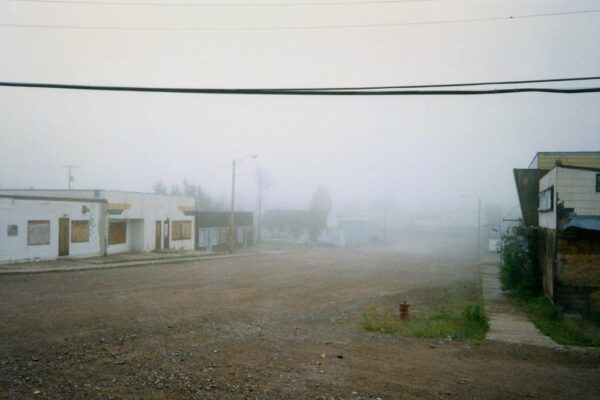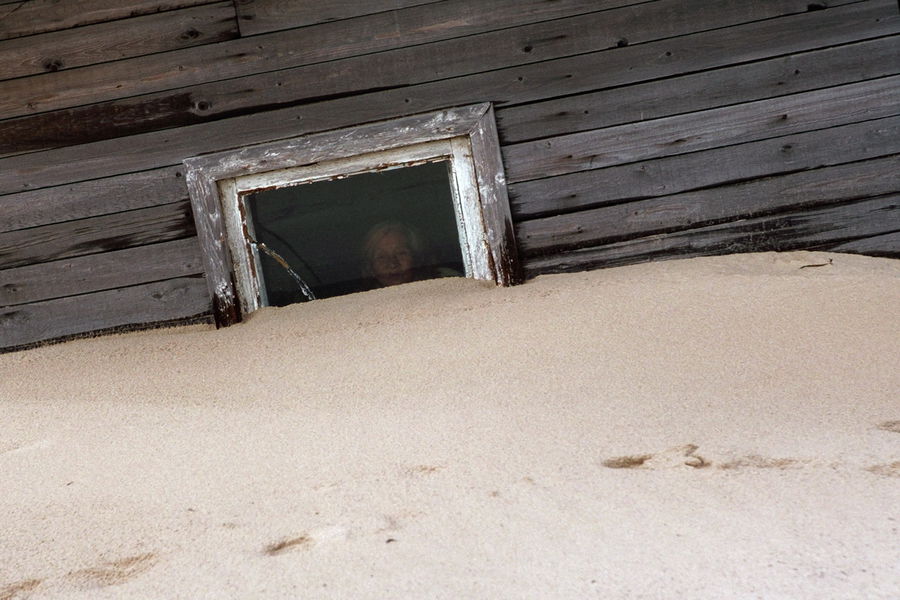
It sounds like a nightmare; being buried alive while you sleep, but for a small forgotten village in Northern Russia, this is reality the residents can wake up to on any given morning. Located on the edge of the arctic circle, Shoyna (Шо́йна) is considered the world’s northernmost “desert” town because it’s surrounded by sand dunes that stretch for 10 kilometers along the coast of the White Sea. Villagers are at the mercy of the dunes that advance on their homes with the relentless coastal winds and can swallow houses “in a single night”, leaving only the roofs visible above the sand.
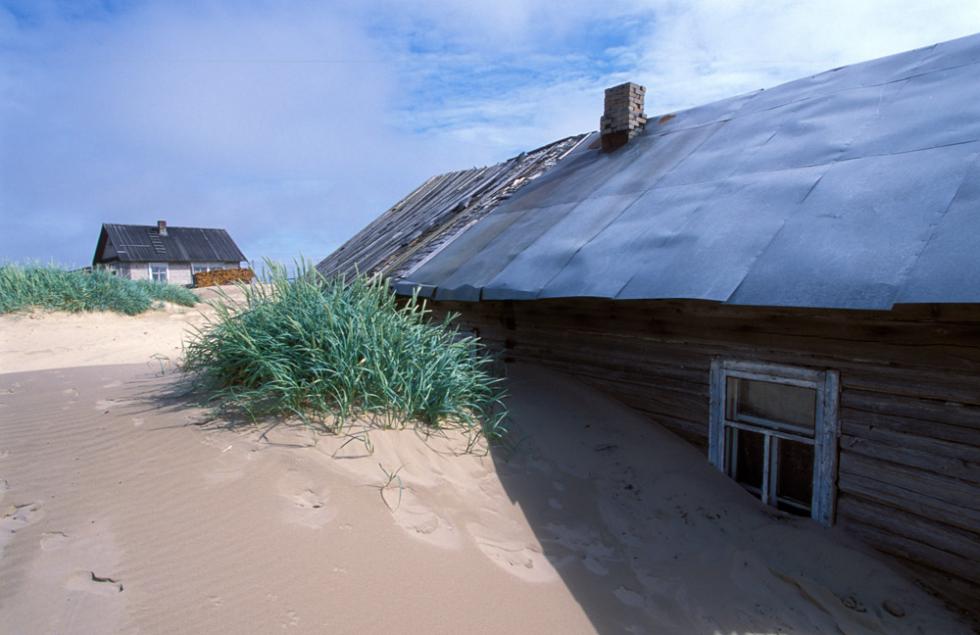
Alexei Golubtzov/ Focus Pictures
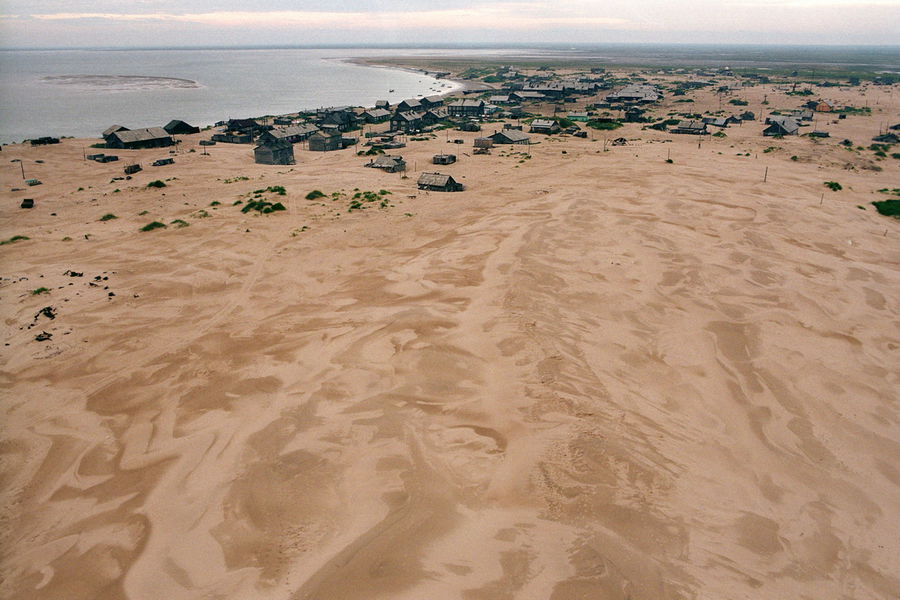
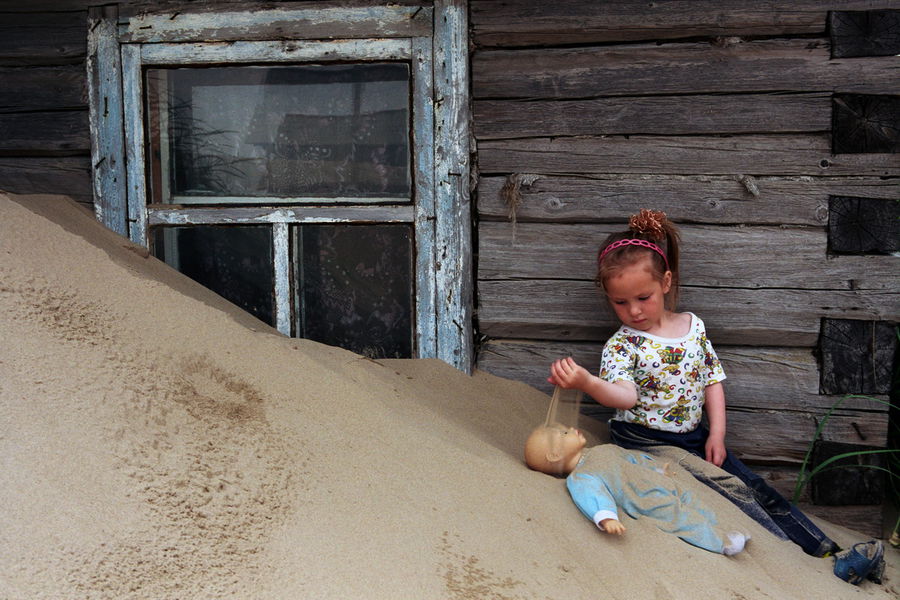
(c) Sergey Maximishin
The dwindling population of this 1930s fishing village has learned not to close their front doors when they sleep, always prepared to find the dunes have crawled up to their doorstep overnight, barricading them inside. Household chores such as dusting and sweeping are utterly futile. Digging out houses is a full-time job for the village bulldozer, but unfortunately for the people of Shoyna, there are few other jobs going.
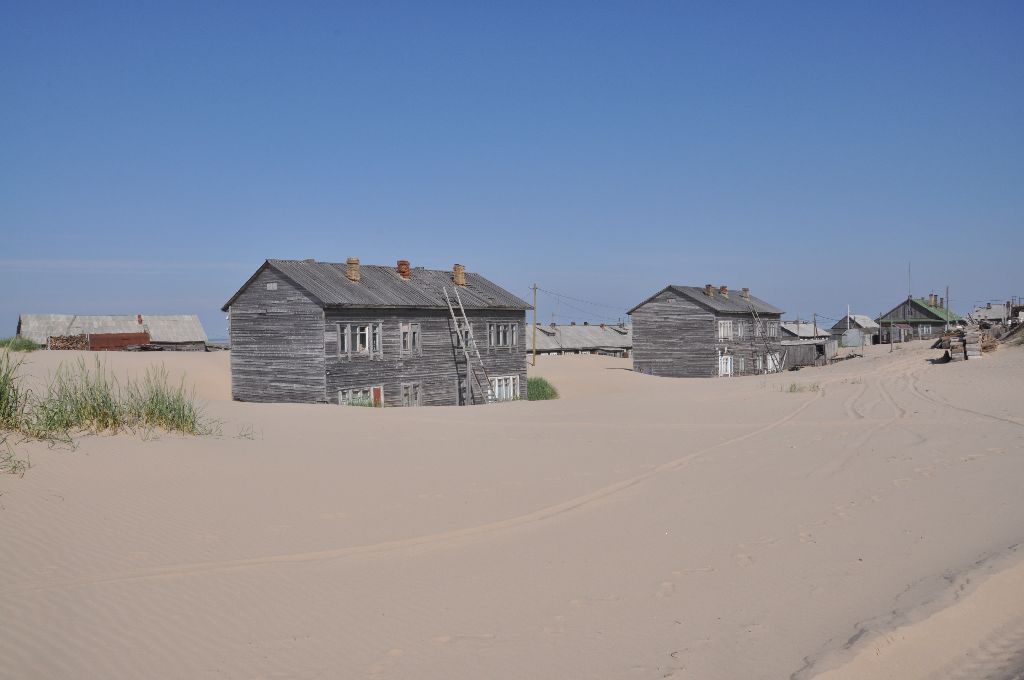
(c) Azimutx.ru
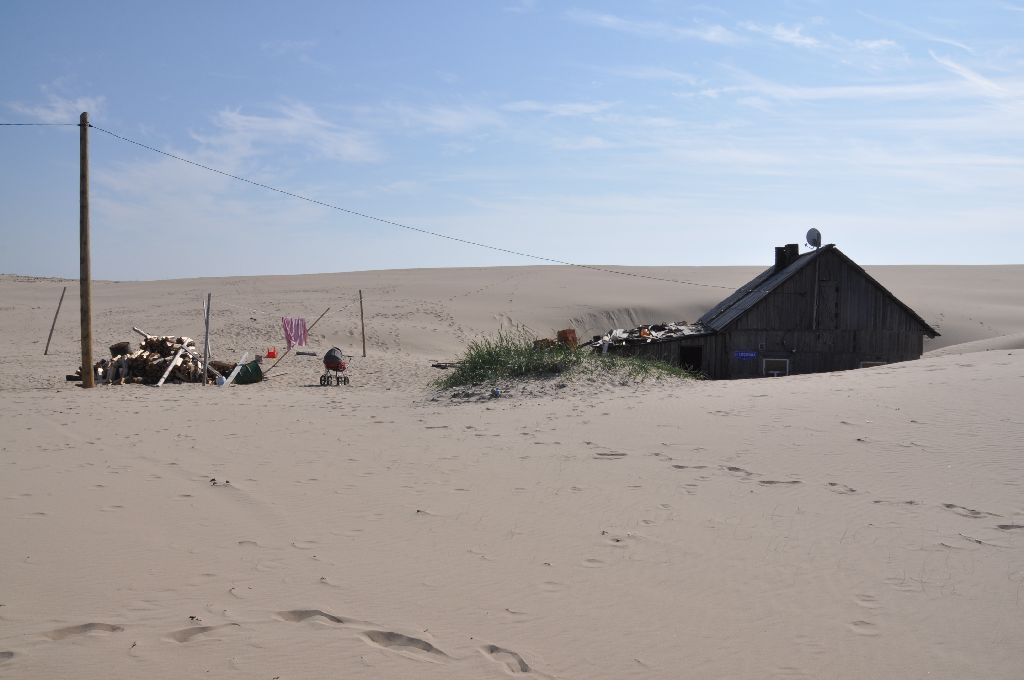
(c) Azimutx.ru
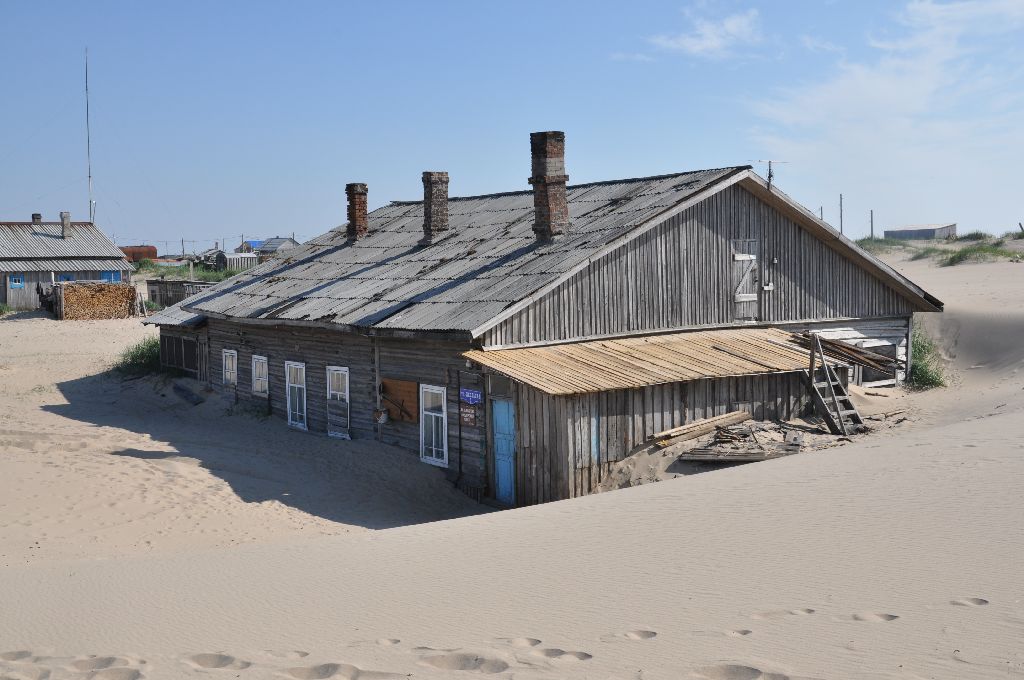
Where there are today just over 300 residents left, this half-buried ghost town was originally intended to become a major fishing port and at one time, Shoyna really was a thriving coastal settlement. Fishing vessels lined the shores and families benefited from the abundance of fish and sea life in the White Sea. But it didn’t take long before the waters were over fished and the trade went into steep decline.
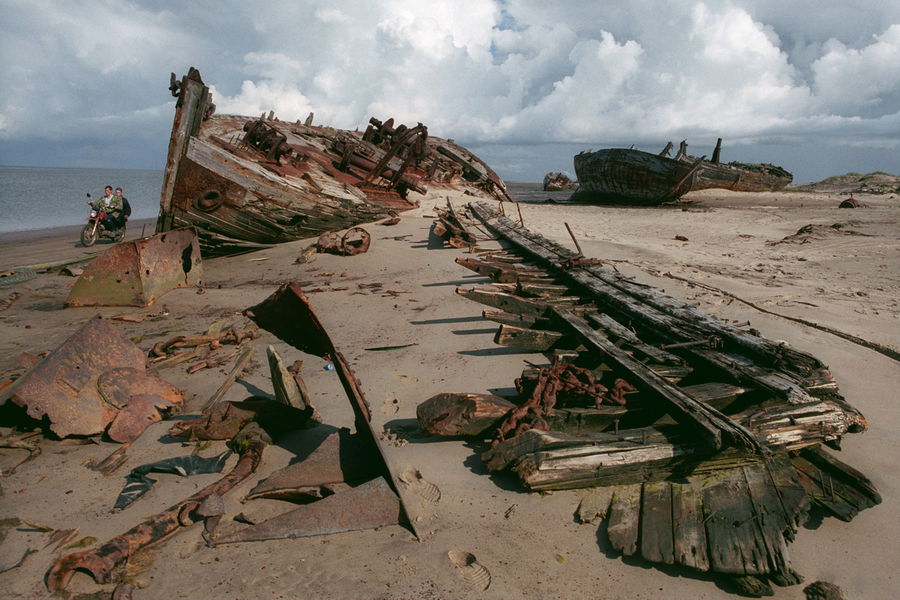
(c) Sergey Maximishin
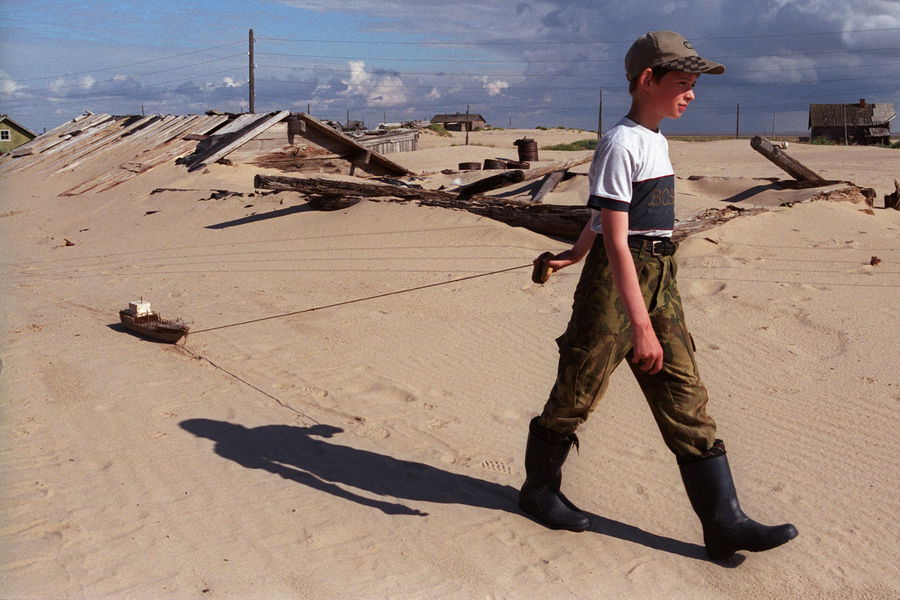
It’s been more than two decades since the dunes began invading Shoyna, not long after the fishing started going into decline in the 1950s. In recent years, Shoyna has been a focal point for scientists and researchers trying to understand the phenomenon of sand dune migration and how to stop it.
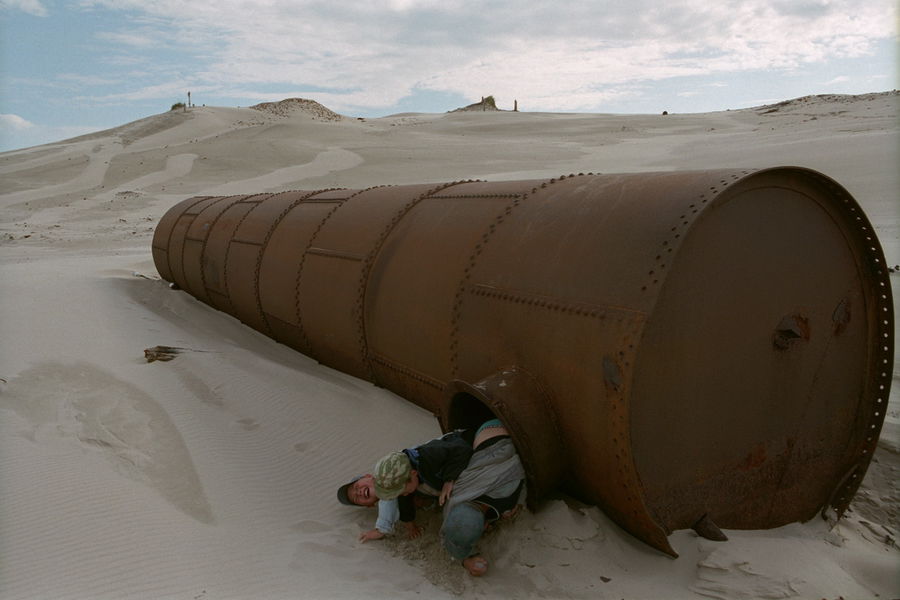
(c) Sergey Maximishin
A Norwegian architect, Jan Gunnar Skjeldsøy has been studying Shoyna to research the possibilities for housing architecture in the demanding conditions dominated by sand and winds. He’s also trying to come up with an alarm signal from the fragile Arctic nature. In his project Shoyna Dissected- Chests of Sand Jan comes up with what seems like a pretty good explanation as to why these sand dunes suddenly started burying the village in the 1980s…
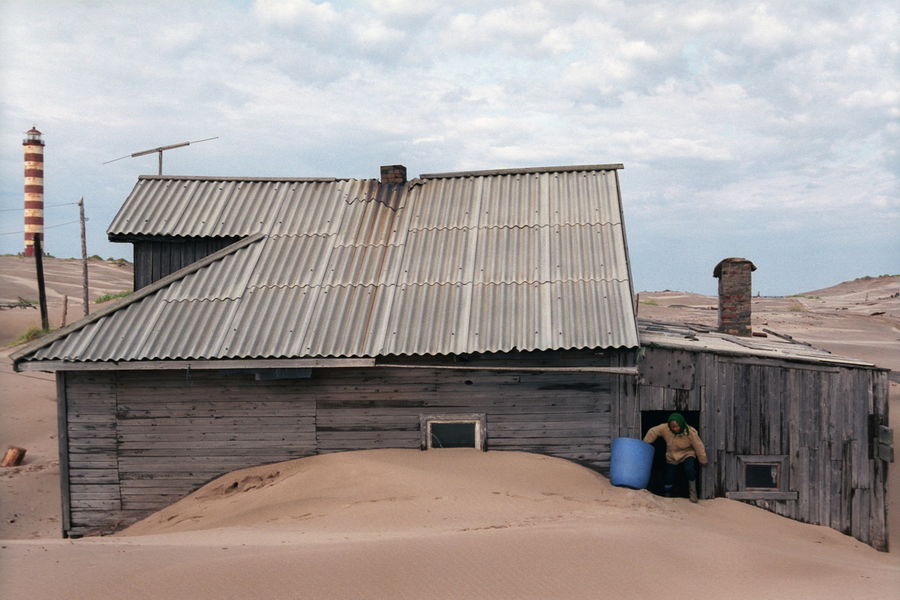
(c) Sergey Maximishin
A tide was coming ashore, but this time it was not water. It was sand. And if you want to indulge in a sense of drama, it was the sand of retribution. Years of misalignment between local fishing practices and the marine ecosystem they harvested, had scraped the ocean floors clean of their marine lifeforms and their intricate systems of checks and balances that had held these submerged sandy steppes in equilibrium through untold seasonal cycles. Now the ocean floor began coming ashore. It began piling up against homes. Shoyna began sinking.
It wasn’t until the beginning of the 1990s, though, that this ominous trickle transformed into a flood. In the 90s the sand began to come in waves that could literally submerge a house in the span of a single night. The arrival of these devastating waves coincided with the advent of Perestroika and Shoyna’s subsequent loss of the political and organizational systems that had sustained the township so far. To the inhabitants of this remote hamlet, it must have seemed like the end of days.
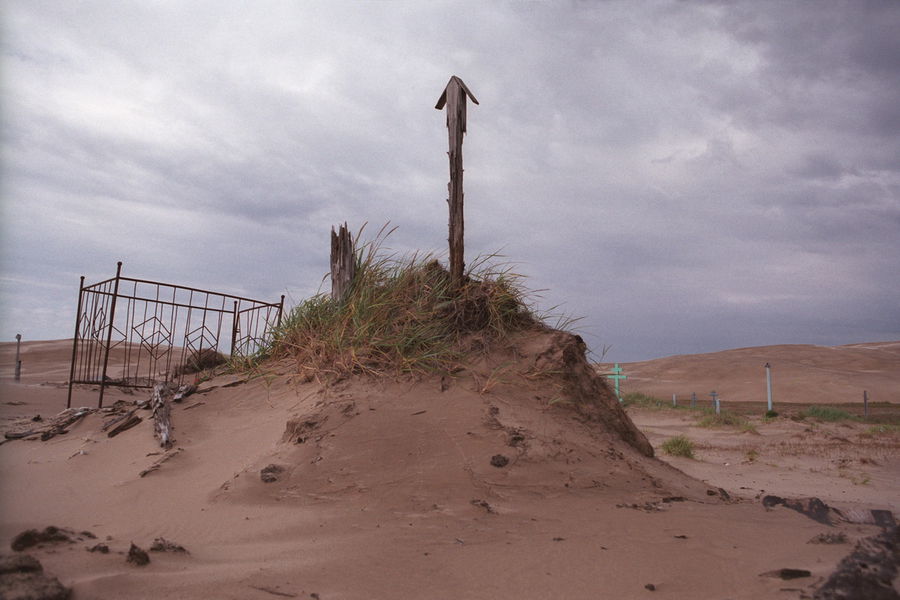
(c) Sergey Maximishin
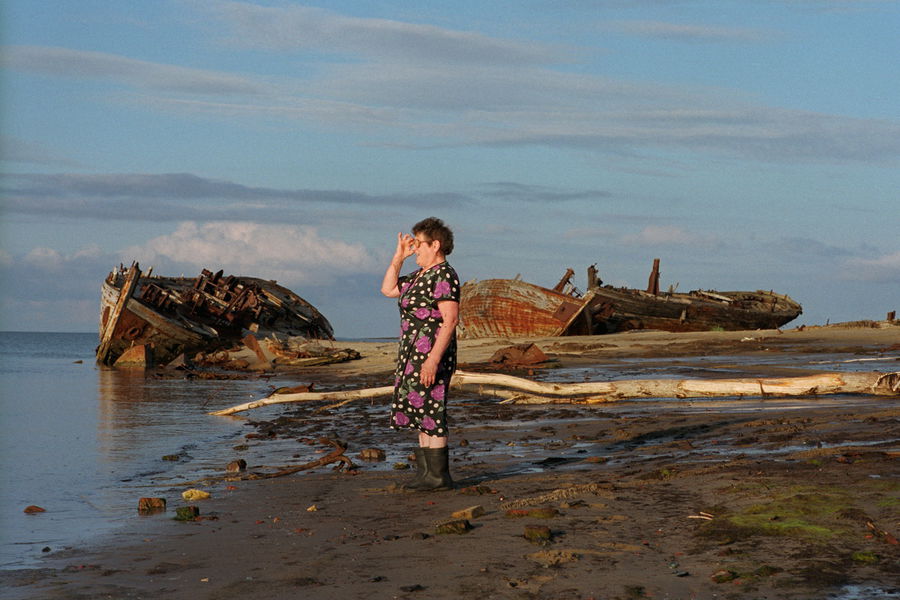
Today’s residents live amongst the wreckage of Shoyna’s collapsed economy; their ancestor’s boats buried in the sand. There are no roads or railroads connecting the village to the outside world. Travelling by sea or air is the only way in or out.
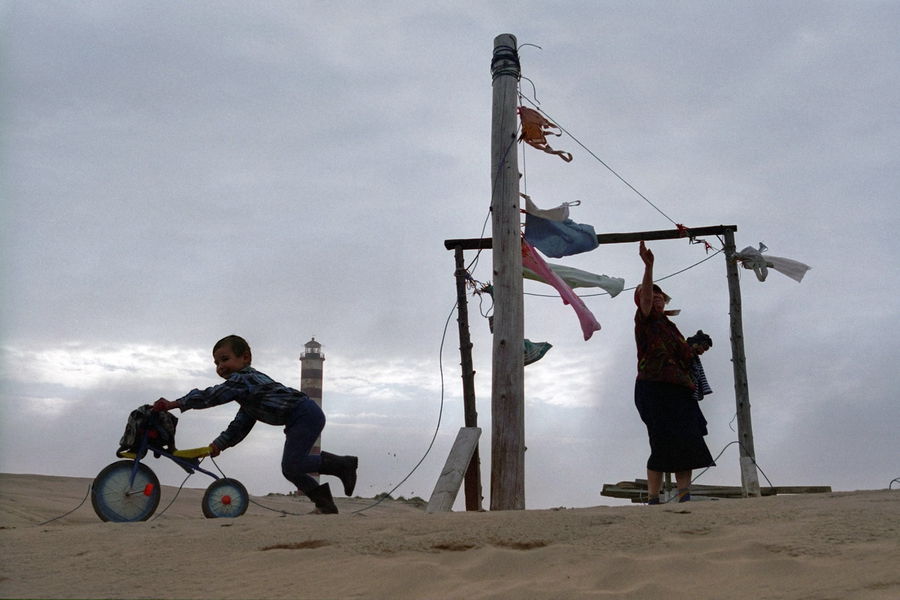
(c) Sergey Maximishin
While many villagers live off unemployment benefits and pensions, others try to earn a living hunting the region’s geese.
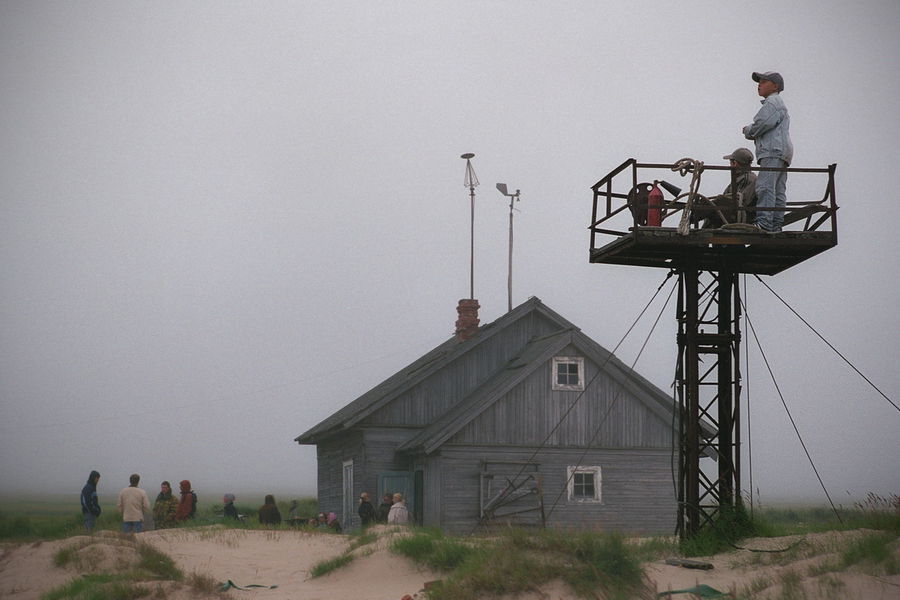
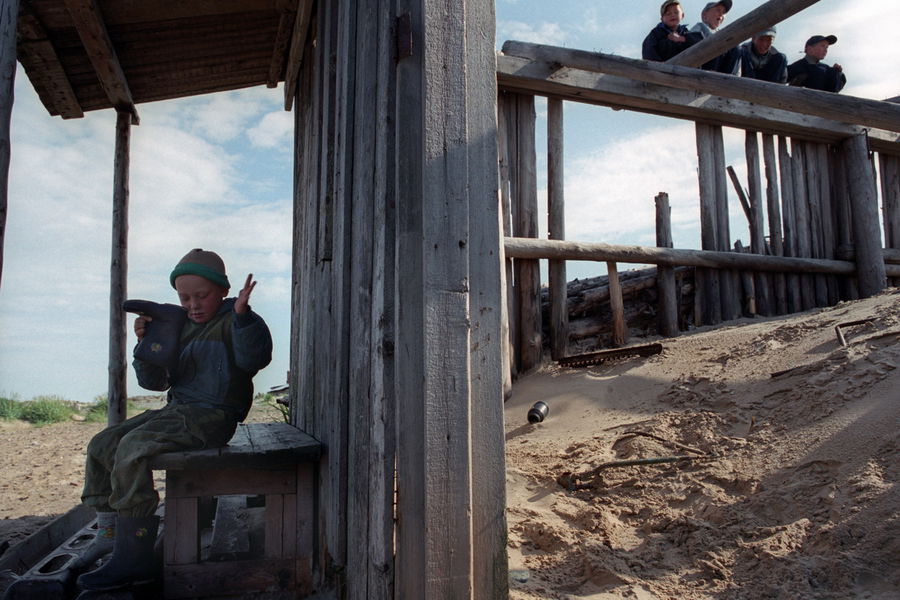
(c) Sergey Maximishin
On paper, Shoyna sounds like a terrible place to live. So why are people still here?
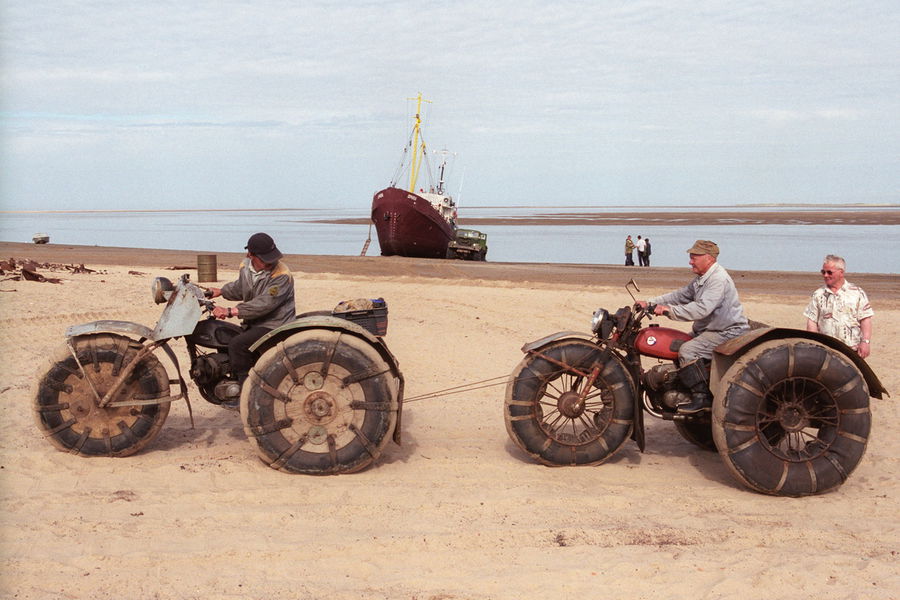
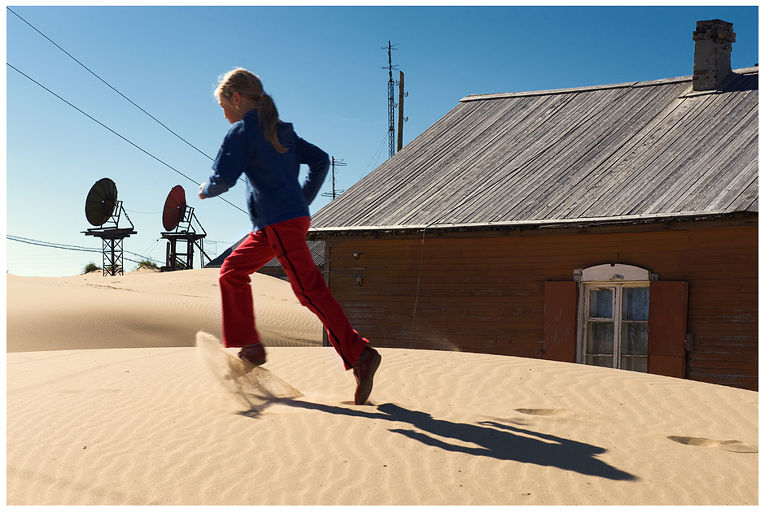
(c) Dimitry Leltschuk
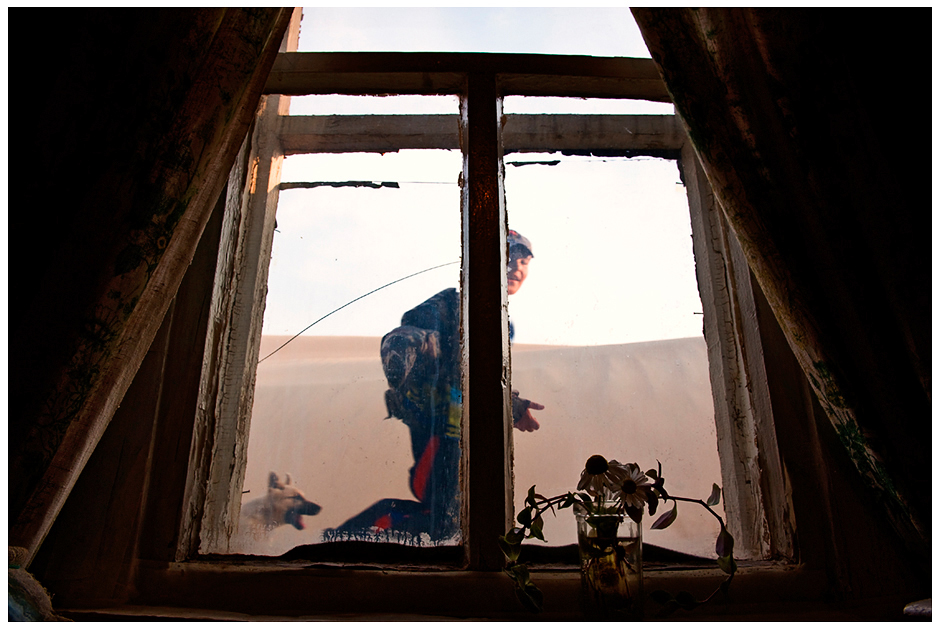
(c) Dimitry Leltschuk
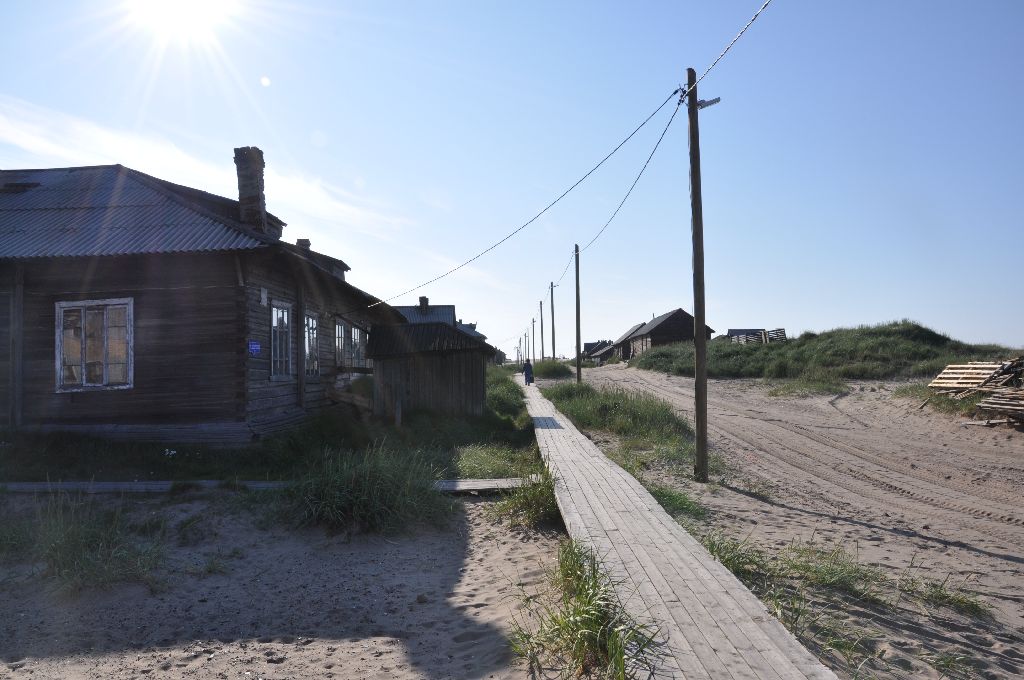
(c) Azimutx.ru
According to journalists who have visited, the people are incredibly hospitable and proud of their self-sufficient off-grid village. There are no restaurants, no hotels and only two shops, but Shoyna’s residents are known to invite travellers into their homes for authentic seafood feasts– despite the supposed lack of fish– and offer up the town’s vacant barracks as a sleeping accommodation.
I say, I think I might have found my next travel destination…









